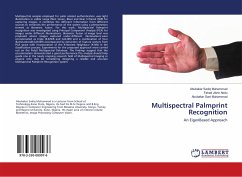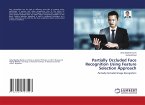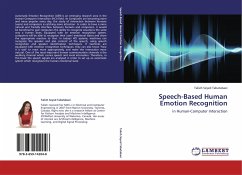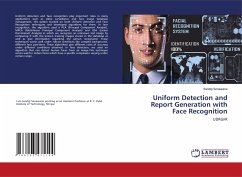Multispectral analysis employed for palm related authentication uses light illumination in visible range (Red, Green, Blue) and Near Infrared (NIR) for capturing images, it combines the different information from different sources to enhances the performance of the system using a phenomenon termed as Biometric fusion. For this work, Multispectral Palmprint recognition was investigated using Principal Component Analysis (PCA) for images under different illuminations. Biometric fusion at image level was proposed where images captured under different illuminations were concatenated as triple (R,B,NIR and G,B,NIR) and a combination of four illuminations(R,G,B,NIR) accompanied by extraction of feature vectors from PCA space with incorporation of the K-Nearest Neighbour (K-NN) in the classification process. Experiments for the proposed approach were carried out on the PolyU Multispectral Database. The findings suggest that the concatenation demonstrated a good performance.The analysis should help guide one in the newly ongoing research field of Multispectral Imaging or anyone who may be considering designing a reliable and accurate Multispectral Palmprint Recognition system.








